美食文化之旅"用英语可以说成 "Culinary Culture Journey" 或 "Gourmet Cultural Tour"。这个短语描述了一种旅行体验,其中旅行者探索不同地区的美食和饮食文化,享受当地特色菜肴,了解食物的制作过程和背后的历史故事。这种旅行方式不仅满足味蕾,还能深入了解一个地区的传统和生活方式。
A Culinary Cultural Journey: Exploring the Depths of Food and Traditions
Introduction
Embarking on a culinary cultural journey is more than just tasting exotic dishes; it's an immersive experience that delves into the heart of a region's history, traditions, and identity. This journey is a gastronomic adventure that allows us to understand the world through the lens of its cuisines, each bite revealing a story of culture, geography, and human ingenuity. In English, we refer to this exploration as a "culinary cultural journey," a phrase that encapsulates the essence of traveling to learn about and appreciate the food culture of different places.
The Significance of Food in Culture
Food is a universal language that transcends borders and barriers. It is a reflection of a society's values, beliefs, and way of life. Every culture has its own unique culinary traditions, which are deeply rooted in its history and shaped by its environment. From the spicy curries of India to the fresh sushi of Japan, from the hearty stews of Spain to the rich sauces of Italy, each cuisine tells a story of the people who created it.
The Role of Food in Social Interaction
Food is not only a source of nourishment but also a means of social bonding. Sharing a meal is a time-honored tradition across cultures, a moment when people come together to connect, celebrate, and communicate. It is through these shared experiences that we learn about each other's customs, beliefs, and values. A culinary cultural journey, therefore, is an opportunity to engage with locals, to experience their hospitality, and to forge new friendships over a shared love for food.
The Journey Begins: Exploring Regional Cuisines
A culinary cultural journey can take many forms, but it often begins with a deep dive into regional cuisines. Each region has its own distinct flavors, ingredients, and cooking techniques that have been passed down through generations. For instance, in Mexico, the use of corn and chili peppers is integral to their cuisine, reflecting the agricultural bounty of the region. In contrast, Scandinavian countries like Sweden and Norway have cuisines that are heavily influenced by their cold climate and access to seafood.
The Art of Street Food
Street food is a significant part of many cultures and offers a glimpse into the everyday lives of locals. From the vibrant flavors of Thai street food to the aromatic spices of Moroccan tagines, street food is often the most authentic representation of a region's culinary identity. It is an art form that is accessible to all, regardless of social status or wealth, and it is a testament to the creativity and resourcefulness of street vendors who use local ingredients to create delicious and affordable dishes.
The Influence of Migration on Food
Migration has played a crucial role in shaping the culinary landscape of many countries. As people move from one place to another, they bring with them their culinary traditions, which then mix and meld with the local cuisine. This fusion of flavors creates new dishes that are a testament to the diversity and adaptability of food cultures. For example, the United States is a melting pot of culinary influences, with dishes like pizza and hamburgers being adapted from European origins and becoming quintessentially American.
The Role of Food in Festivals and Celebrations
Food is central to many cultural festivals and celebrations, often serving as a focal point for communal gatherings. In India, Diwali is celebrated with an array of sweets and savory snacks, while in Italy, Easter is marked by the preparation of traditional pastries like colomba. These foods are not only enjoyed for their taste but also for the symbolism and meaning they hold within the context of the celebration.
The Evolution of Food: From Traditional to Modern
As societies evolve, so does their cuisine. Traditional dishes are often reinterpreted with modern techniques and ingredients, creating a fusion of old and new. This evolution is a reflection of the changing tastes and preferences of a society, as well as the influence of globalization. For example, the rise of molecular gastronomy has introduced new ways of preparing and presenting food, challenging traditional notions of what constitutes a dish.
Sustainability and Ethical Eating
In recent years, there has been a growing awareness of the environmental and ethical implications of our food choices. A culinary cultural journey can also be an opportunity to explore sustainable and ethical eating practices. This includes supporting local farmers, reducing food waste, and choosing dishes that are in season. By doing so, we not only contribute to the preservation of culinary traditions but also promote a more sustainable food system.
The Future of Food
As we look to the future, the culinary landscape continues to evolve. With advancements in technology and changes in dietary preferences, new trends and innovations are emerging. From plant-based meats to lab-grown foods, the future of food is as exciting as it is uncertain. A culinary cultural journey in the future may involve exploring these new frontiers and understanding how they shape our relationship with food.
Conclusion
A culinary cultural journey is a voyage of discovery, a chance to explore the rich tapestry of flavors, traditions, and stories that make up the world's diverse food cultures. It is a journey that enriches our palates and broadens our understanding of the world, reminding us that food is not just a necessity but a bridge that connects us all. As we travel through the landscapes of taste, we gain a deeper appreciation for the art of cooking and the cultures that have shaped it. So, let's embark on this gastronomic adventure, for it is through the shared experience of food that we truly come to understand one another.
转载请注明来自简单的大亮,本文标题:《美食文化之旅用英语怎么说》

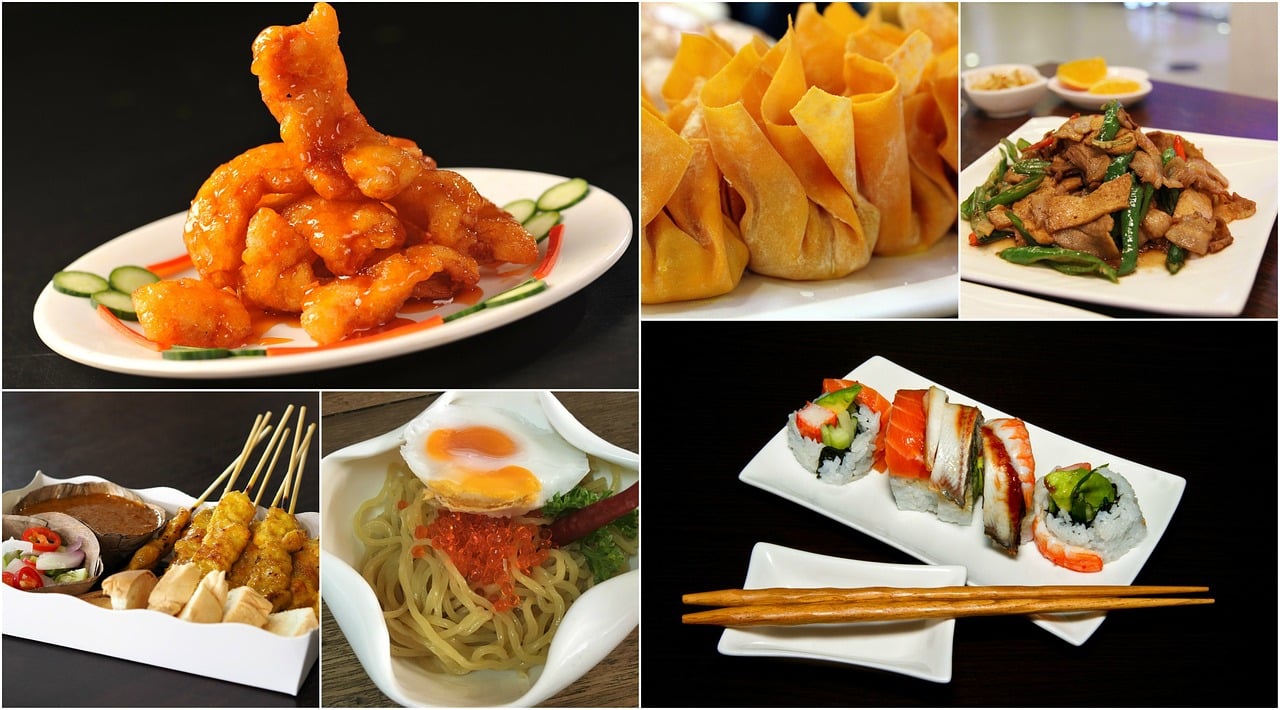

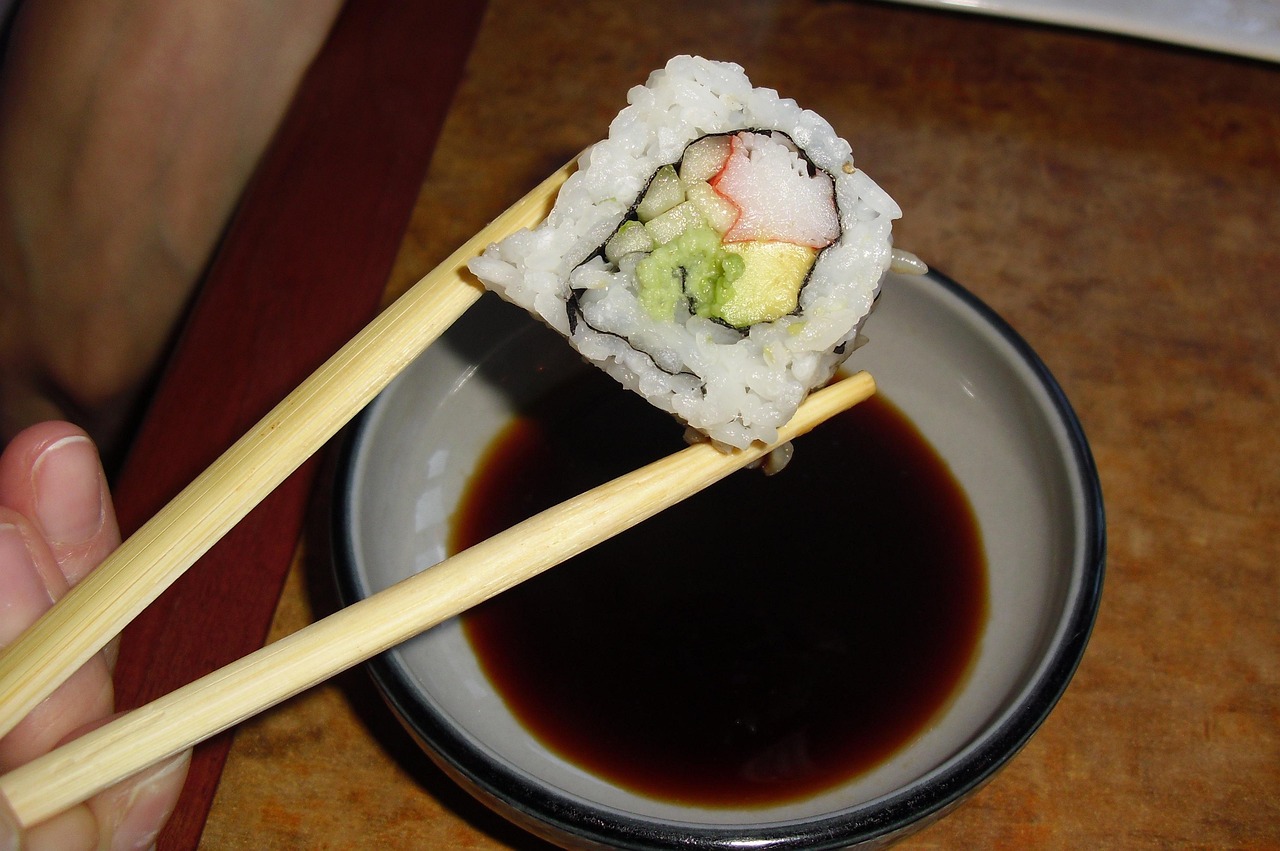
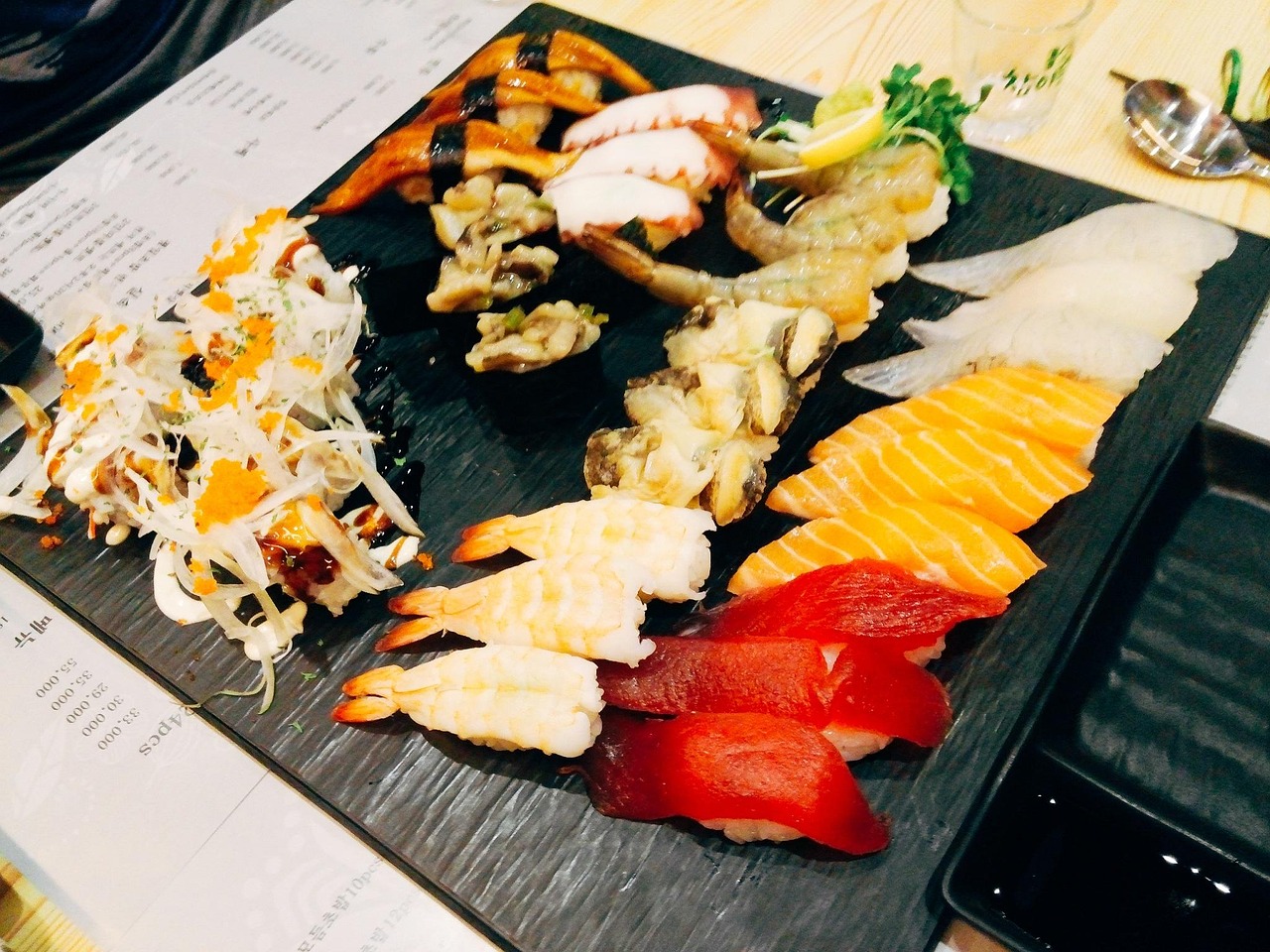
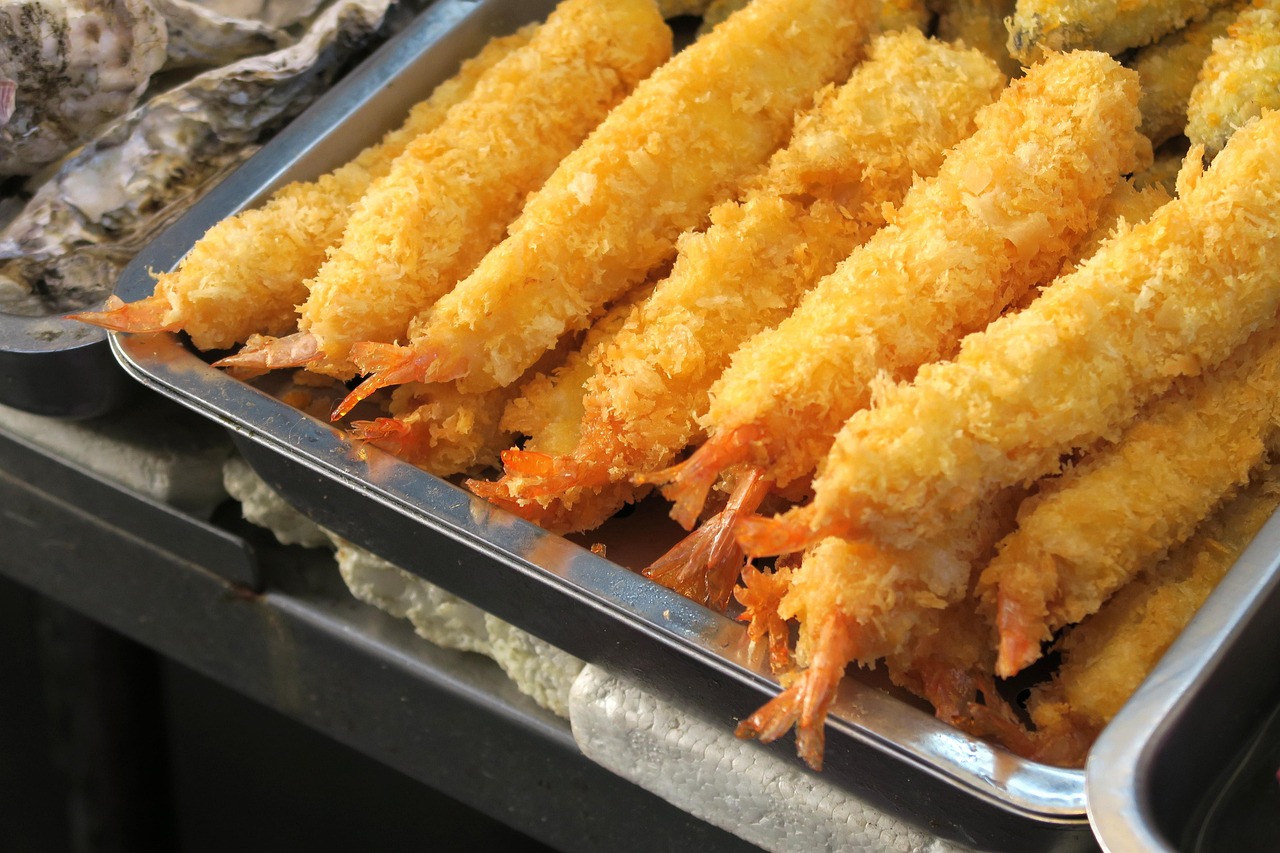
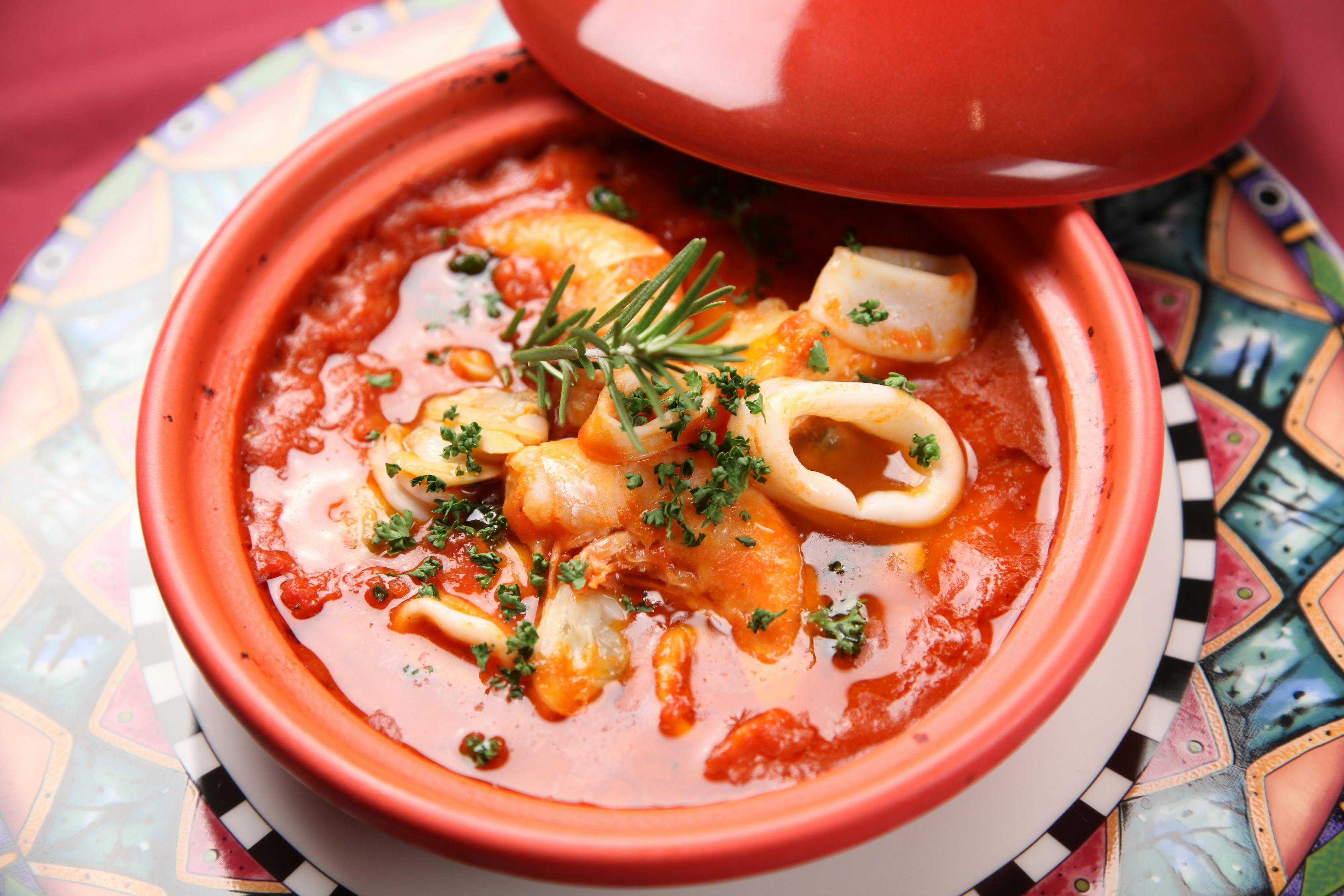
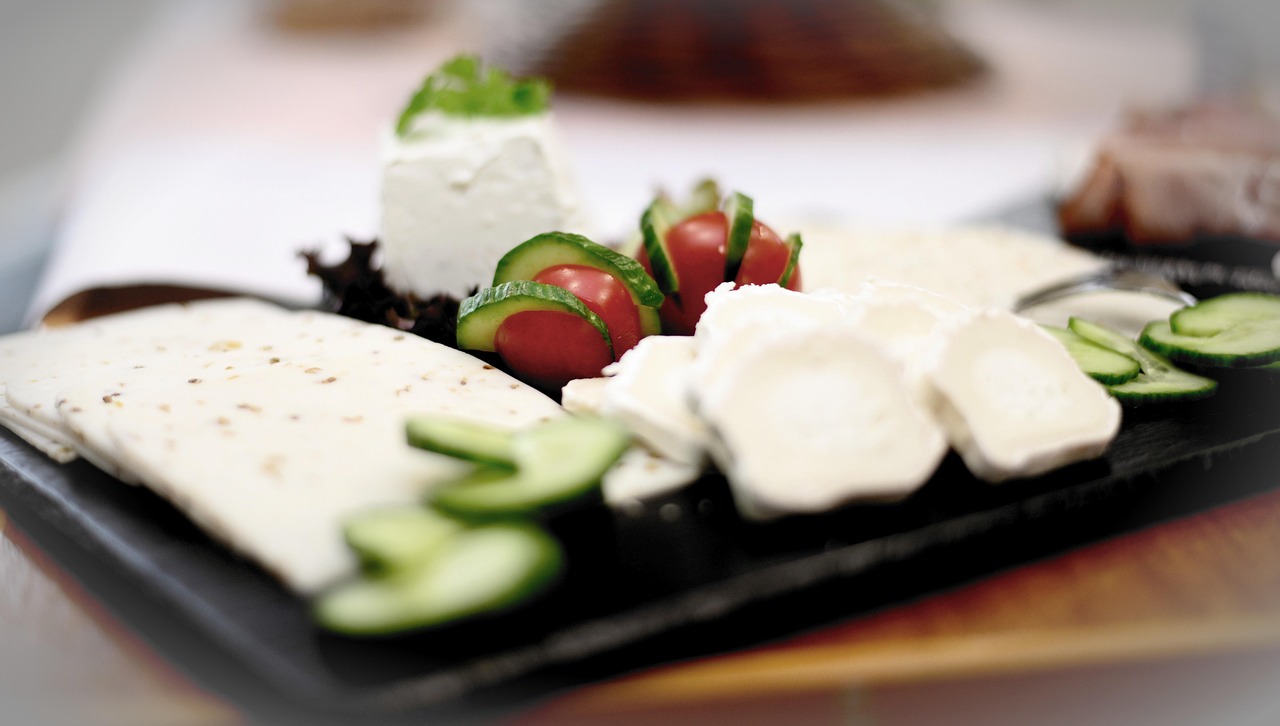
 京公网安备11000000000001号
京公网安备11000000000001号 闽ICP备2023004937号-3
闽ICP备2023004937号-3